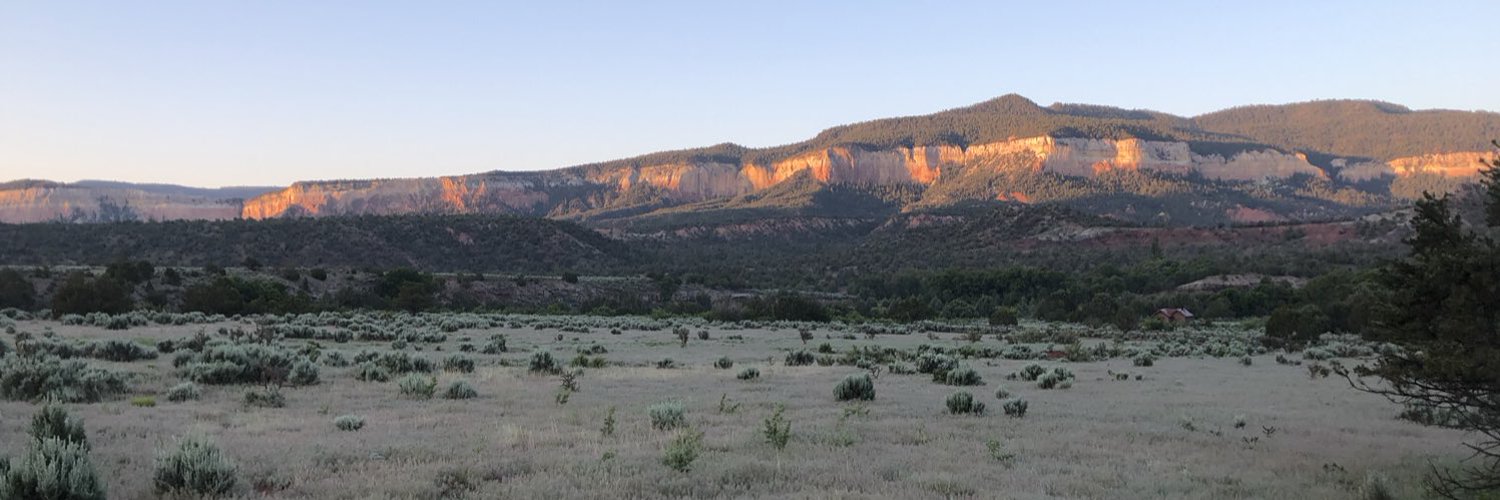In what will surely be regarded as the most important decision issued this year, the New Mexico Supreme Court today issued its decision in Griego v. Oliver, holding that the state constitution requires that same-sex couples be allowed to marry.
I read Justice Edward Chavez’s opinion over the lunch hour, and I think the principal points from the 31-page opinion are as follows:
1. In enacting New Mexico’s marriage statutes, from 1862 forward, the Legislature did not intend to allow same-sex couples to marry.
2. The Court analyzed the marriage statutes under the Equal Protection Clause of Article II, Section 18 of the New Mexico Constitution.
3. Intermediate scrutiny applies to the legislative classification restricting marriage to opposite-sex couples. The Court therefore declined to apply strict scrutiny, as same-sex marriage proponents had urged, and it rejected the argument advanced by opponents of same-sex marriage that rational basis scrutiny should be applied.
4. To survive intermediate scrutiny, opponents of same-sex marriage needed to demonstrate that restricting marriage to opposite-sex couples was “substantially related to an important government interest.”
5. The Court rejected the justifications put forward by the opponents, and held that limiting marriage to opposite-sex couples violated the New Mexico Constitution’s Equal Protection Clause. Among other things, Justice Chavez states that the purpose of New Mexico’s marriage laws is not principally to promote responsible procreation, but rather “to bring stability and order to the legal relationship of committed couples by defining their rights and responsibilities as to one another, their children if they choose to raise children together, and their property.” Para. 6.
6. “Our holding will not interfere with the religious freedom of religious organizations or clergy because (1) no religious organization will have to change its policies to accommodate same-gender couples, and (2) no religious clergy will be required to solemnize a marriage in contravention of his or her religious beliefs.” Para. 3.
7. This decision is based entirely on the New Mexico Constitution, not the United States Constitution. Thus, it is not subject to review by the Supreme Court of the United States.
I’m sure there will be a lot of commentary about this decision, but some has already appeared. For favorable views of the decision, see this jubilant announcement from the ACLU of New Mexico, which helped to litigate the case, and this commentary from the New Civil Rights Movement blog. For a critical view, see this blog post from Ed Whelan. Also, here’s a report from Steve Terrell in the Santa Fe New Mexican.
If you come across any news stories or commentary, representing any point of view, and you think the readers of this blog would be interested, please drop me a line!
(UPDATE: December 20, 2013) — Here is a roundup of links to news stories about the ruling:
Albuquerque Journal: “Same-sex marriage is legal in New Mexico.”
Chicago Tribune: “New Mexico becomes latest state to legalize gay marriage.”
The Guardian (U.K.): “New Mexico becomes 17th US state to legalise same-sex marriage.”
KUNM: “NM Supreme Court: Same-Sex Marriage Is Legal in New Mexico.”
Las Cruces Sun-News: “New Mexico’s highest court rules same-sex marriage legal.”
New Mexico Telegram: “State Supreme Court rules same-sex marriage legal in New Mexico.”
New York Times: “New Mexico Becomes 17th State to Allow Gay Marriage.”
Taos News: “Supreme Court rules same-sex couples can marry in New Mexico.”

